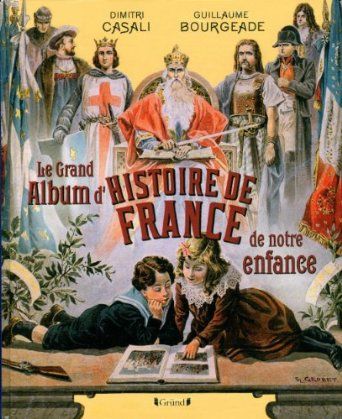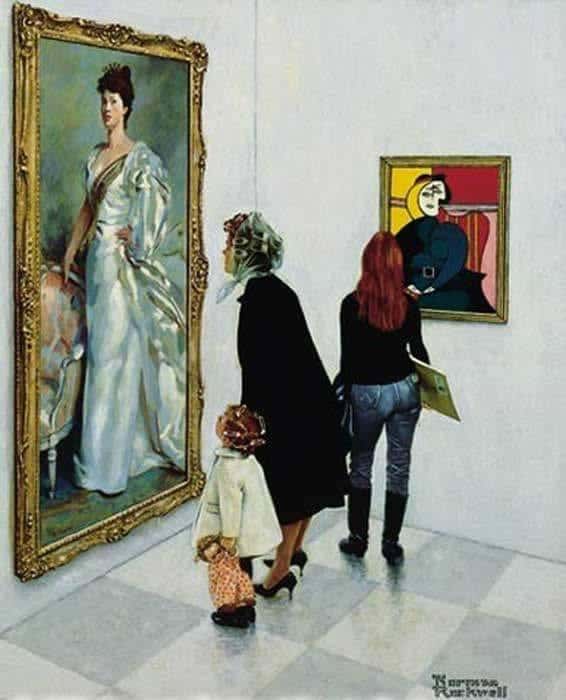Progressive narrative in artwork describes a single scene in which characters do not repeat. However, multiple actions are taking place in order to convey a passing of time in the story.
There are 7 main categories of narrative art. Narrative art is art which tells a story.
- Monoscenic — represents a single scene with no repetition of characters and only one action taking place
- Sequential — very much like a continuous narrative with one major difference. The artist uses frames. Each frame is a particular scene during a particular moment.
- Continuous — Continuous narrative art gives clues, provided by the layout itself, about a sequence. Like sequential narrative but without the frames.
- Synoptic — offers the synopsis of a bigger story. You must know a story before you can understand synoptic narrative.
- Simultaneous — has very little visually discernible organisation to those who are not acquainted with its purpose concentrating on repeatable patterns and dualities
- Panoptic — depicts multiple scenes and actions without the repetition of characters. Think of the word ‘panorama’. ‘All-seeing’ (pan + optic)
- Progressive — a single scene in which characters do not repeat. However, multiple actions are taking place in order to convey a passing of time in the narrative. A progressive narrative is not to be interpreted as a group of simultaneous events. Instead, progressive art is a sequence dependent on its location. Actions displayed by characters in the narratives compress present and future action into a single image.
Below is a children’s book on the history of France. With history itself existing on a linear timeline, it makes sense that the cover illustration is progressive.

Sequential narrative art was often used in film noir posters of the 20th century.
Progressive narrative art is so embedded in children’s book illustrations that the technique hardly needs a name. Any difference between progressive and panoptic narrative is a matter of viewer interpretation.
An especially interesting example of something akin to progressive narrative can be seen in some artwork by Richard McGuire.
These images are of single scenes, but frames are cut into the single scene to indicate the passage of time. The labels on the cut outs are clear indications to the reader exactly what the time sequence is. Apparently this style of narrative art was inspired by the artist’s friend talking to him about a Windows operating system. The modern audience is used to seeing multiple frames on a screen before us, and can easily cope with this form of visual narrative. If we read the date labels, we easily decode the meaning.
The Norman Rockwell illustration below might be a depiction of three people simultaneously viewing pictures in an art gallery, but it might also be regarded an amalgamation of two separate times.

